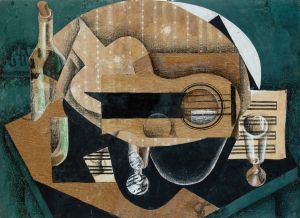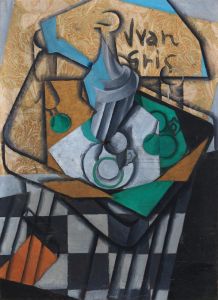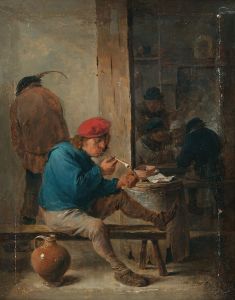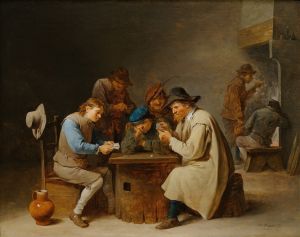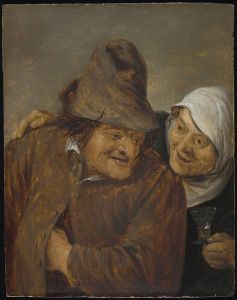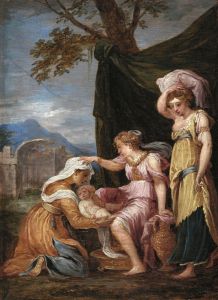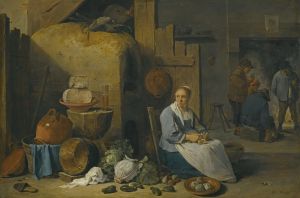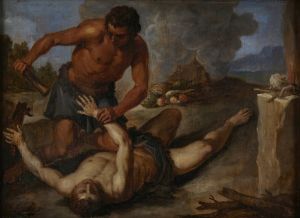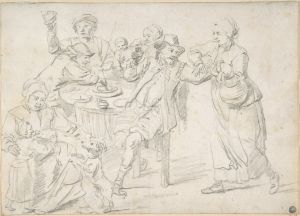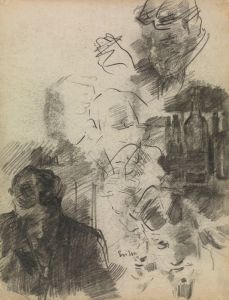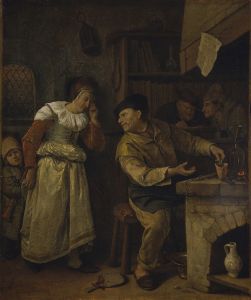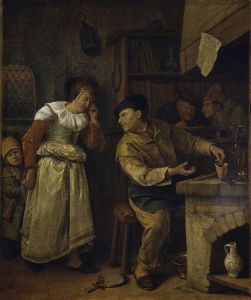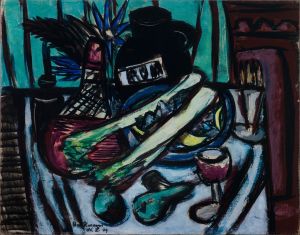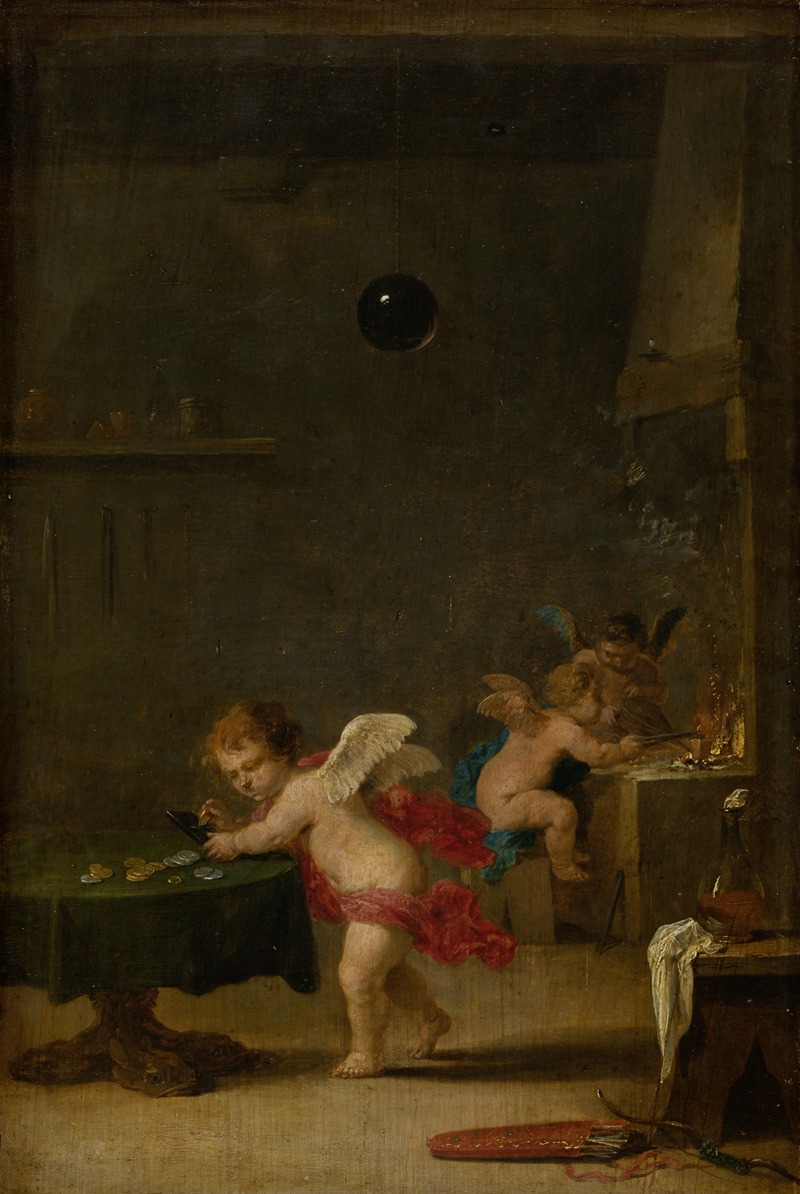
Amoretti in an Alchemist’s Workshop
A hand-painted replica of David Teniers The Younger’s masterpiece Amoretti in an Alchemist’s Workshop, meticulously crafted by professional artists to capture the true essence of the original. Each piece is created with museum-quality canvas and rare mineral pigments, carefully painted by experienced artists with delicate brushstrokes and rich, layered colors to perfectly recreate the texture of the original artwork. Unlike machine-printed reproductions, this hand-painted version brings the painting to life, infused with the artist’s emotions and skill in every stroke. Whether for personal collection or home decoration, it instantly elevates the artistic atmosphere of any space.
David Teniers the Younger was a prominent Flemish painter in the 17th century, known for his genre scenes, landscapes, and depictions of alchemists and peasants. One of his notable works is "Amoretti in an Alchemist’s Workshop," which exemplifies his skill in capturing the intricate details of everyday life and his fascination with the theme of alchemy.
"Amoretti in an Alchemist’s Workshop" is a painting that showcases Teniers' ability to blend realism with a touch of whimsy. The term "amoretti" refers to small, cherubic figures often associated with love and playful mischief, which were popular in Renaissance and Baroque art. In this particular work, Teniers places these figures within the context of an alchemist's workshop, a setting he frequently explored in his paintings.
The painting depicts a cluttered workshop filled with various alchemical instruments, books, and other paraphernalia associated with the pursuit of turning base metals into gold or discovering the elixir of life. Teniers' attention to detail is evident in the meticulous rendering of these objects, which reflect the scientific curiosity and mystical allure of alchemy during the period.
In the scene, the amoretti are engaged in various activities, adding a playful and fantastical element to the otherwise serious and studious atmosphere of the workshop. This juxtaposition highlights Teniers' ability to infuse humor and charm into his work, a characteristic that made his paintings popular among his contemporaries and patrons.
Teniers was part of a family of artists and was heavily influenced by his father, David Teniers the Elder, as well as by the works of Pieter Bruegel the Elder. His paintings often reflect the social and cultural milieu of Flanders during the 17th century, a time when alchemy was both a scientific pursuit and a subject of popular fascination.
The artist's interest in alchemy can be seen as a reflection of the broader interest in science and the natural world during the Baroque period. Alchemists were often depicted in art as figures of both wisdom and folly, embodying the tension between scientific inquiry and mystical belief. Teniers' portrayal of the alchemist's workshop, populated by amoretti, can be interpreted as a commentary on the dual nature of alchemy as both a serious scientific endeavor and a subject of myth and legend.
David Teniers the Younger was a master of genre painting, and his works often contained moral or allegorical messages. While "Amoretti in an Alchemist’s Workshop" may not convey a direct moral lesson, it does invite viewers to reflect on the nature of human curiosity and the pursuit of knowledge, themes that were central to the intellectual climate of his time.
Overall, "Amoretti in an Alchemist’s Workshop" is a testament to Teniers' artistic skill and his ability to capture the spirit of his age. Through his detailed depiction of the alchemist's workshop and the playful inclusion of amoretti, Teniers creates a work that is both visually engaging and rich in historical context.





